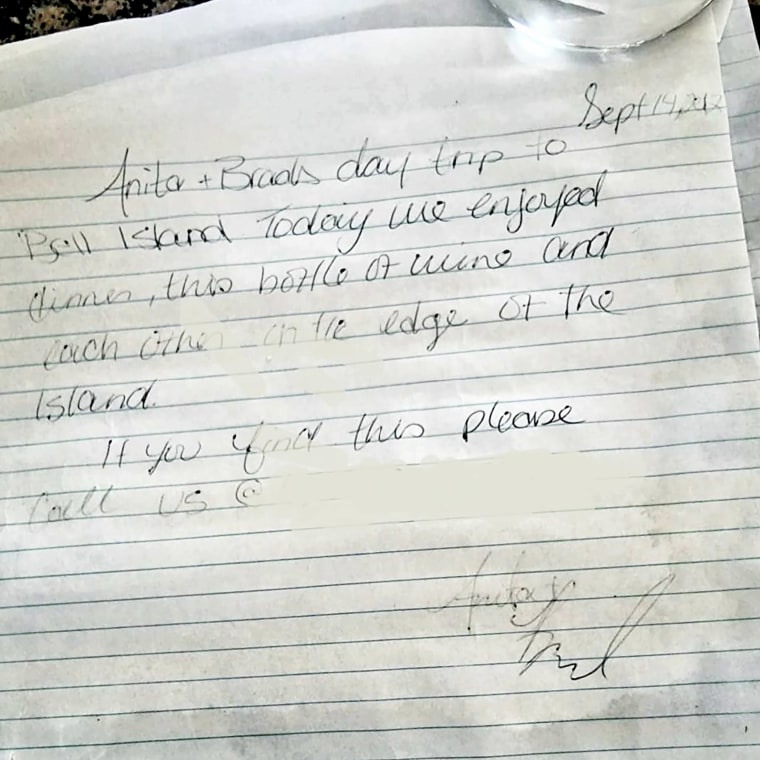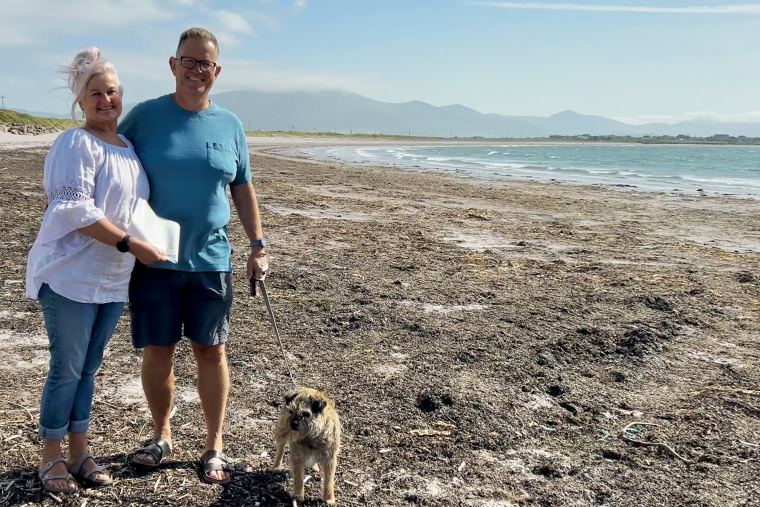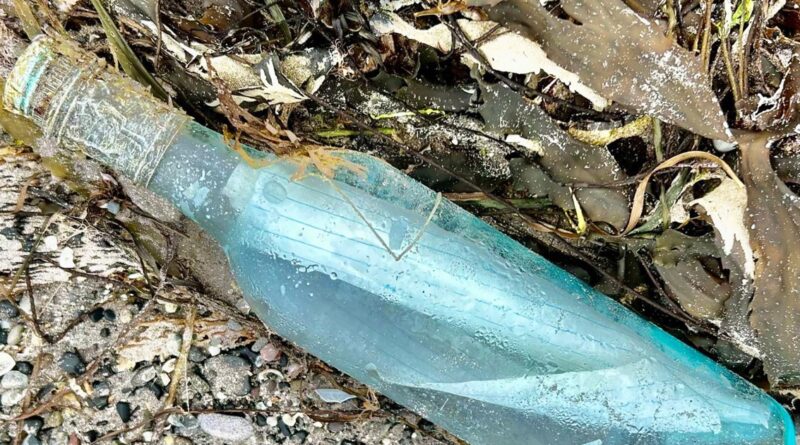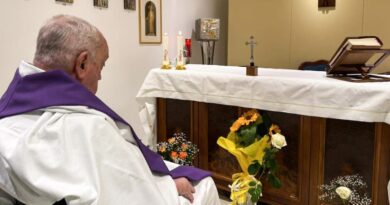Canadian lovers’ message in a bottle found 13 years later and 2,000 miles away
When Brad Squires and the then-Anita Moran wrote a tender account of their picnic date, stuffed it into the bottle of wine they’d just emptied and tossed it into the waves below, they never dreamed someone would actually read it, let alone 13 years later and almost 2,000 miles away.
Thrown into the water on Newfoundland’s Bell Island, the bottle and its paper cargo traveled on wild Atlantic seas for more than 4,600 days, adrift during 11 iterations of iPhone, two Donald Trump elections and a global pandemic that came and went.
That epic journey took it to the west coast of Ireland, where it was discovered this week.

“It’s a moment of pure joy,” said Martha Farrell, chair of the Maharees Conservation Association, whose members found the bottle Monday. “For us, it’s the impossibility and resilience of that glass bottle finding our beach all those years later — but also the resilience of the couple.”
Using the power of social media, its Irish finders tracked down couple who are now married with three kids.
The note was “only two or three lines but it captures their moment,” Farrell told NBC News. “It was like a little secret between themselves — but now it has brought so much joy to so many people.”
When Brad Squires, now 40, hurled the bottle off the high cliffs of Bell Island, the couple “thought it wasn’t even going to make it to the water, let alone bypass all the rocks and make it across the ocean and and be found,” Anita Squires, now 35, told NBC News. “For all the stars to align, for all those things to happen, it seems like an impossible feat for that little bottle, but it was pretty resilient.”
Back then, the couple had been dating for a year and were in a long-distance relationship: he a police officer in British Columbia and she a trainee nurse in Newfoundland.
“Today we enjoyed dinner, this bottle of wine and each other on the edge of the island,” she wrote in the message. “If you find this, please call us,” she added, providing a number but never imagining somebody actually would.
They had shared a precious picnic together on the tiny Bell Island, a 20-minute ferry ride from St. John’s. “I gave it everything I had,” Brad Squires said of his attempt to launch the bottled missive into the waves below.
They soon forgot about it. They got married in 2016, settling down in Newfoundland. They have three children, Allie, 19, Gabe, 16, and Harrison, 5.

In Scraggane Bay on Ireland’s picturesque Dingle Peninsula, the bottle was found Monday by another couple, Kate and Jon Gay, members of the local charity Maharees Conservation Association, who were doing a beach cleanup.
They kept it until the association’s meeting later that night, smashing it open, toasting the unknown writers but failing to get an answer from the number provided. So Farrell posted an appeal on Facebook thinking it might yield an answer in weeks or months. One hour later, Anita Squires had got in touch to say she was the note’s author.
“It was phenomenal,” Farrell said.
There is a doubly serendipitous side to this story, too.
The Maharees, where the bottle was found, is a 3-mile isthmus of sand that has been battered and eroded by extreme weather and sea-level rises fueled by climate change. So too have parts of Newfoundland.
The grassroots Maharees Conservation Association wants to use this story to link up with people in Newfoundland experiencing the same issues. And the author of the letter in the bottle is going to connect them.
“They have a soft coastline, they have a sand dune system, and they are also vulnerable to sea level rises,” Farrell said. “It’s a somber enough affair when you’re thinking: How can we actually prepare ourselves for what’s to come? So to have this little moment of pure joy in the middle of that, it was very welcome.”
Anita Squires says that her “love story is cute, but the work they are doing is so important,” referring to the conservation group’s attempts to protect and adapt their coastlines to the climate crisis. So, linking these campaigners is “the beautiful thing at the end of the story.”





